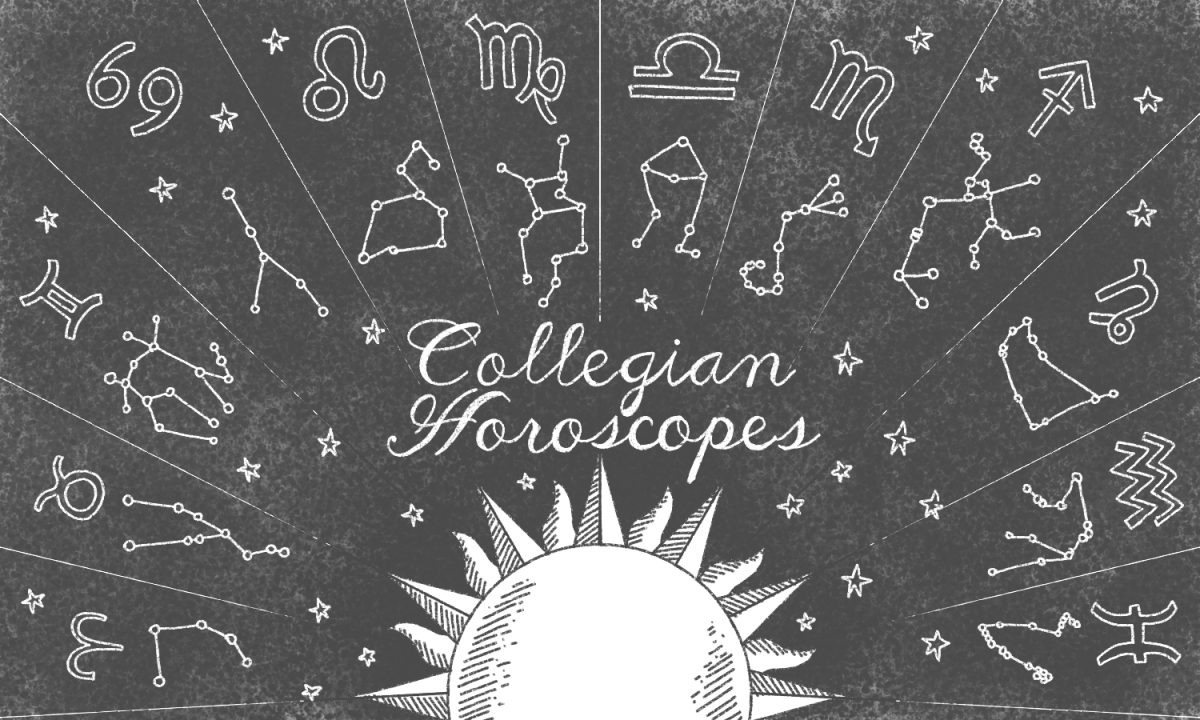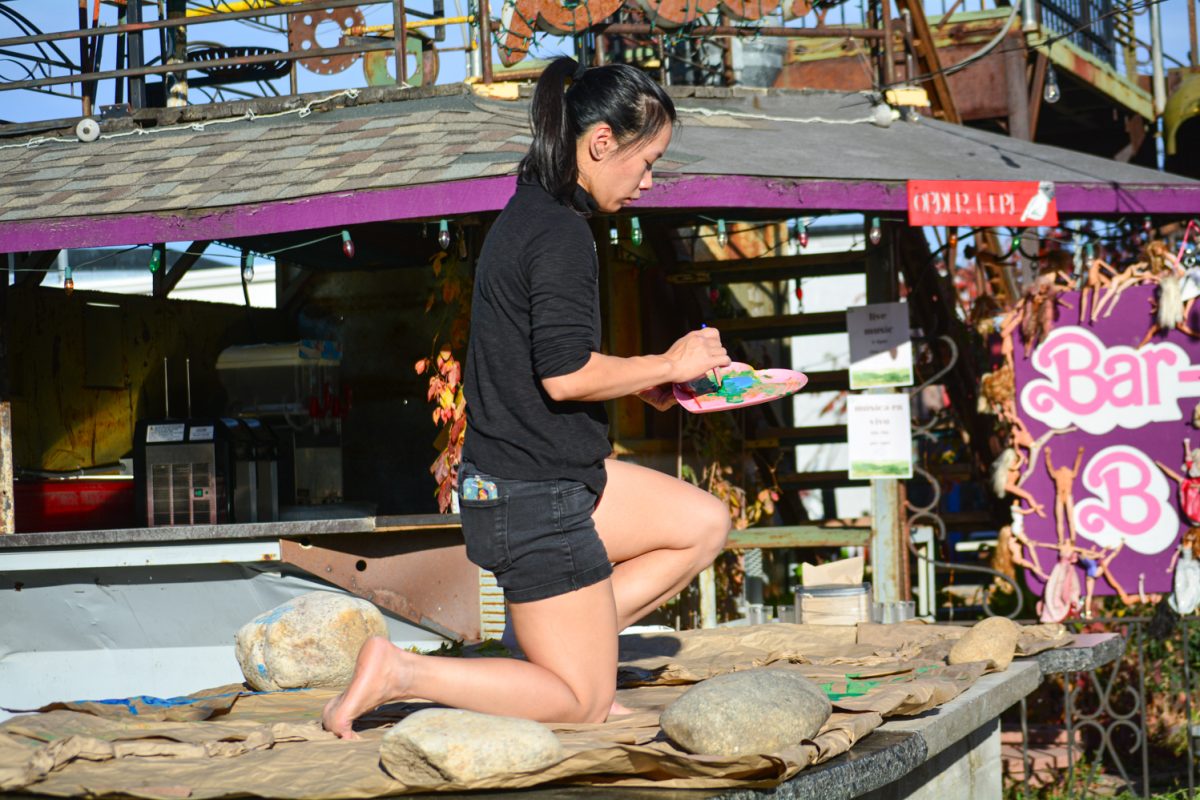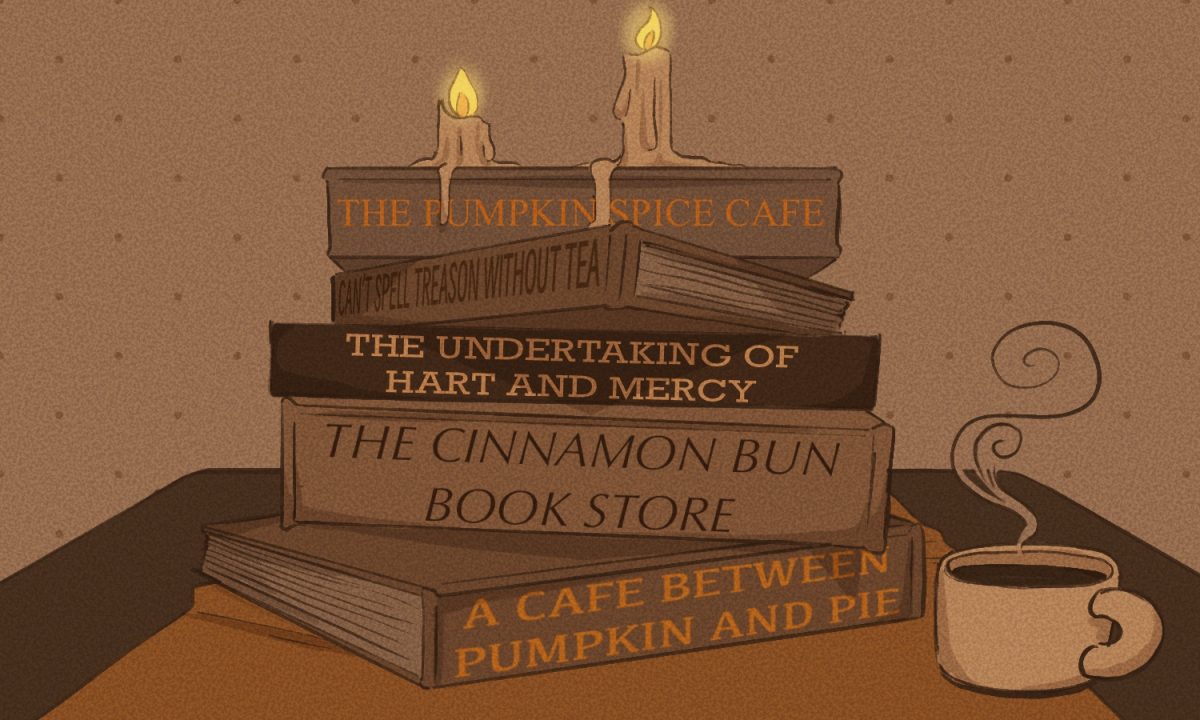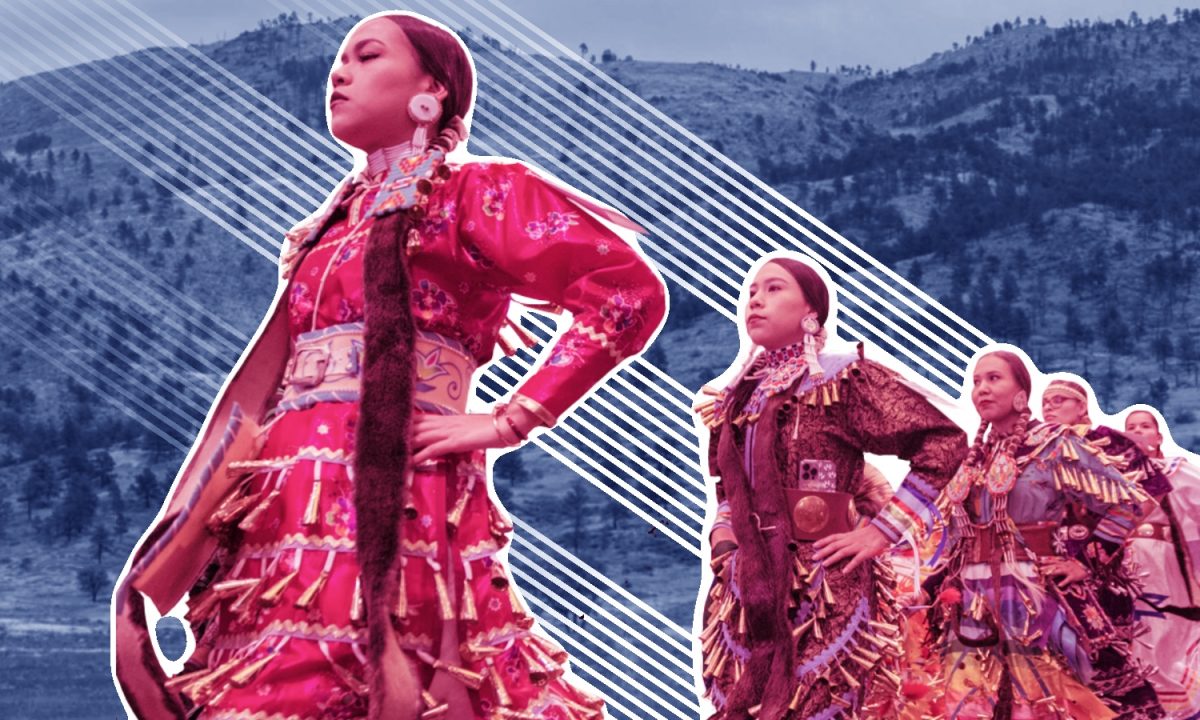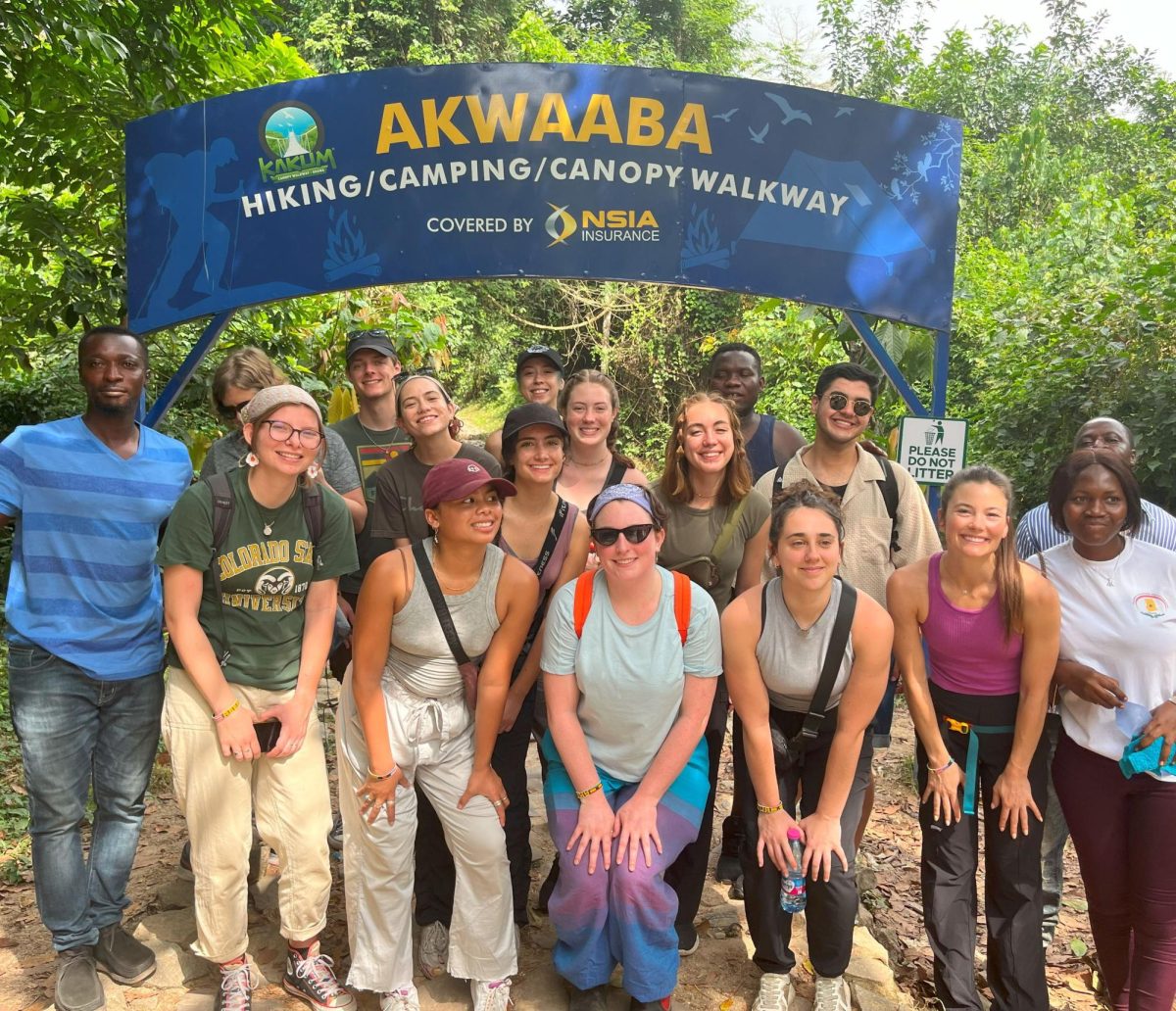
The news is everywhere and anywhere. Cue maniacal laugh.
But it is no joke.
In this global age, there is no shortage of media sources, ranging from social media to TV news stations. So, what are our favorite media? What are the inherent limitations of relying on such sources?
Colorado State students have their own sources.
“Honestly I do not look at any specific sites,” said Ellie Wolfe, a freshman health and exercise science freshman. “It is what I see on social media.”
Wolfe said she obtains much of her information from Twitter or Snapchat. However, Wolfe said, that has limitations.
“I feel like it is kind of biased because the stuff I see relates to the people I follow,” Wolfe said.
Wolfe said exposure to an array of news sites can be beneficial.
“I think I would be open to what is actually going on, rather than what I see,” Wolfe said.
Apart from entertainment value, media always shapes what people are talking about, if not how they talk about it,” Jean Jordan, creative writing student
McKenna Arnold, a junior early childhood education major, also utilizes social media regularly.
“I do not follow news super regularly,” Arnold said. “What I see on social media is what I take in.”
However, Arnold said that Facebook is not super reliable.
“If I am interested, I will look it up,” Arnold said.
Jean Jordan, a creative writing major, also relies on online sources. Jordan is getting his second bachelor’s degree and refers to himself as a “super senior.”
“Mostly I go through Google and look at the subjects that are there,” Jordan said. “I do a type and search to see what people are saying.”
Jordan said he often relies on British and international news for United States-themed stories. Jordan noted that having an outside perspective can be beneficial.
Sarah Convissar is a junior early child education major, who usually refers to Apple News headlines.
However, Convissar also relies upon CNN for stories of interest.
“Politically I am left-leaning, so it aligns with my views,” Convissar said.
What effect does the media have on CSU students and the general populace?
“Apart from entertainment value, media always shapes what people are talking about, if not how they talk about it,” Jordan said.
Other students think the media has a more direct impact on the community.
Fun fact:
- According to a recent Pew Research poll, a mere 50 percent of Americans rely on various forms of TV as a news source. This contrasts with the 57 percent who said they relied on TV in 2016.
“I think it is helpful just to get the word out,” Arnold said. “People can go out and do their own research.”
Convissar agreed.
“I think it is more helpful so students can be involved and active in the community,” Convissar said.
However, students also noted some drawbacks.
Convissar said that news stations in general are biased.
“It is hard to get a news source with both sides,” Convissar said.
Jordan thinks sites such as Google and Facebook use set algorithms to tailor to an audience’s perceived needs.
“Fundamentally, the desire is they want to put something I will click on,” Jordan said, noting that he is “liberal-leaning.”
Jordan thinks the media has contributed to political polarization, noting “reactionary zero-sum viewpoints” on both sides, he said. “We should be able to overcome this language and speak about what’s good for the country.”
We should be able to overcome this language and speak about what’s good for the country.” -Jean Jordan, a creative writing major at CSU
Collegian reporter Nick Botkin can be reached at entertainment@collegian.com. His Twitter handle is @dudesosad.


